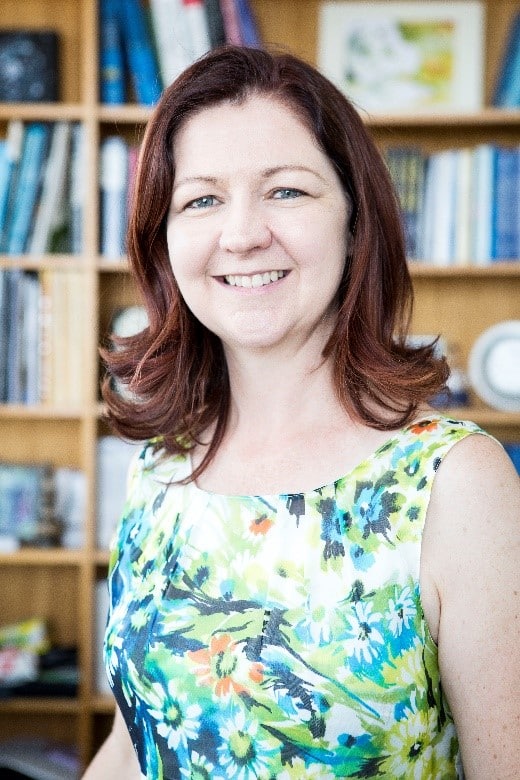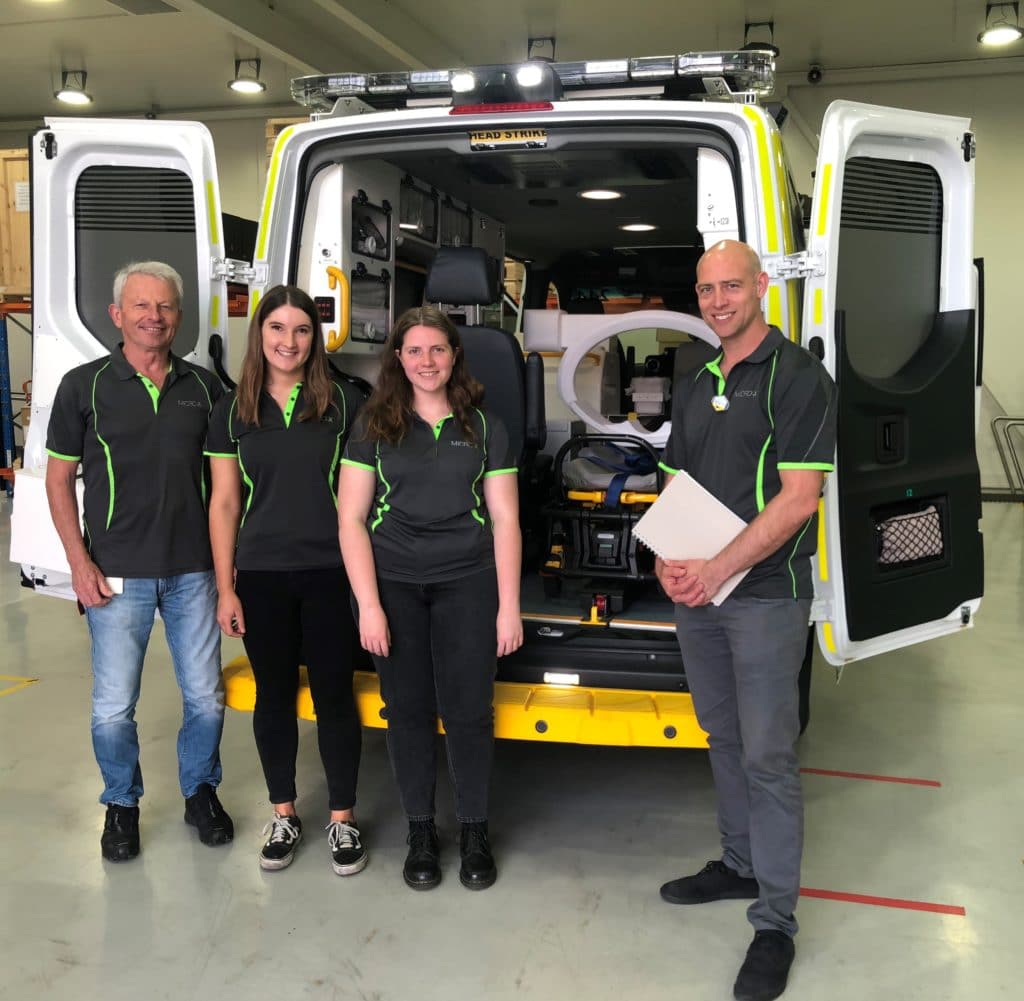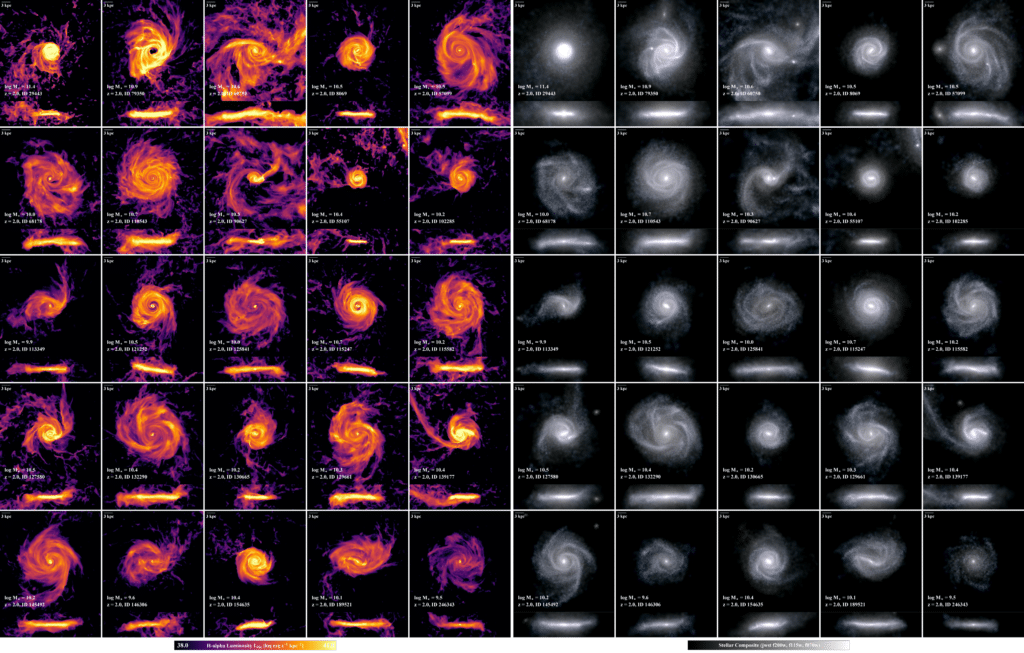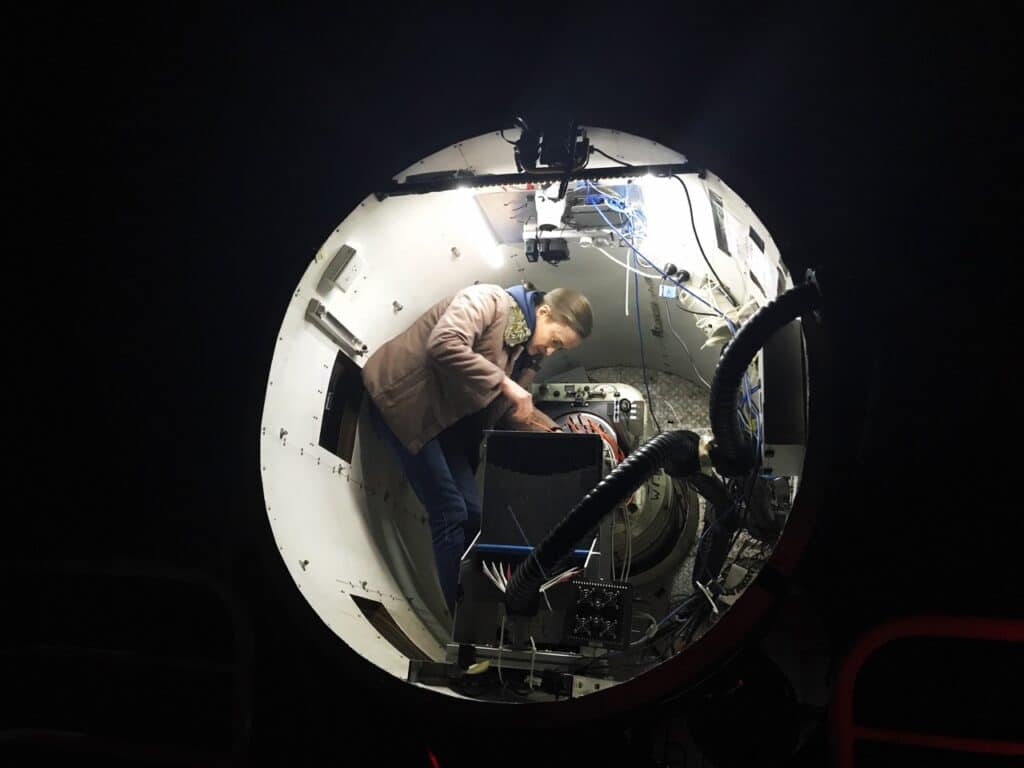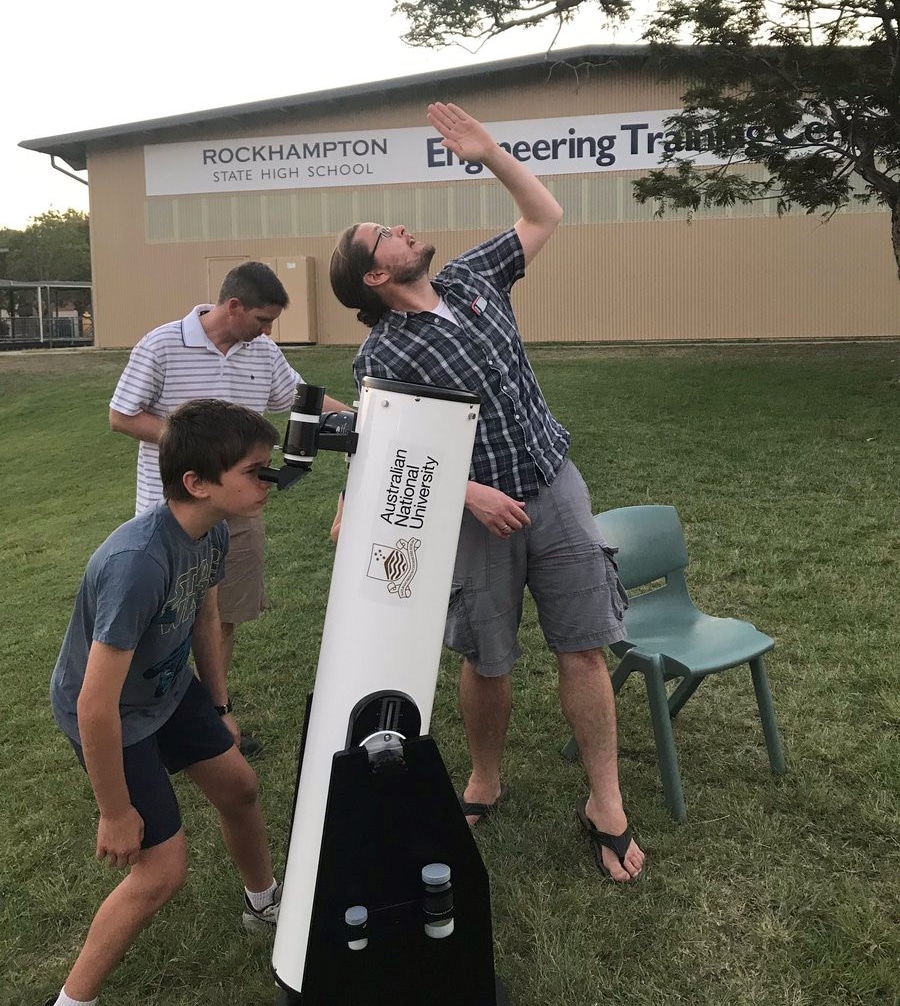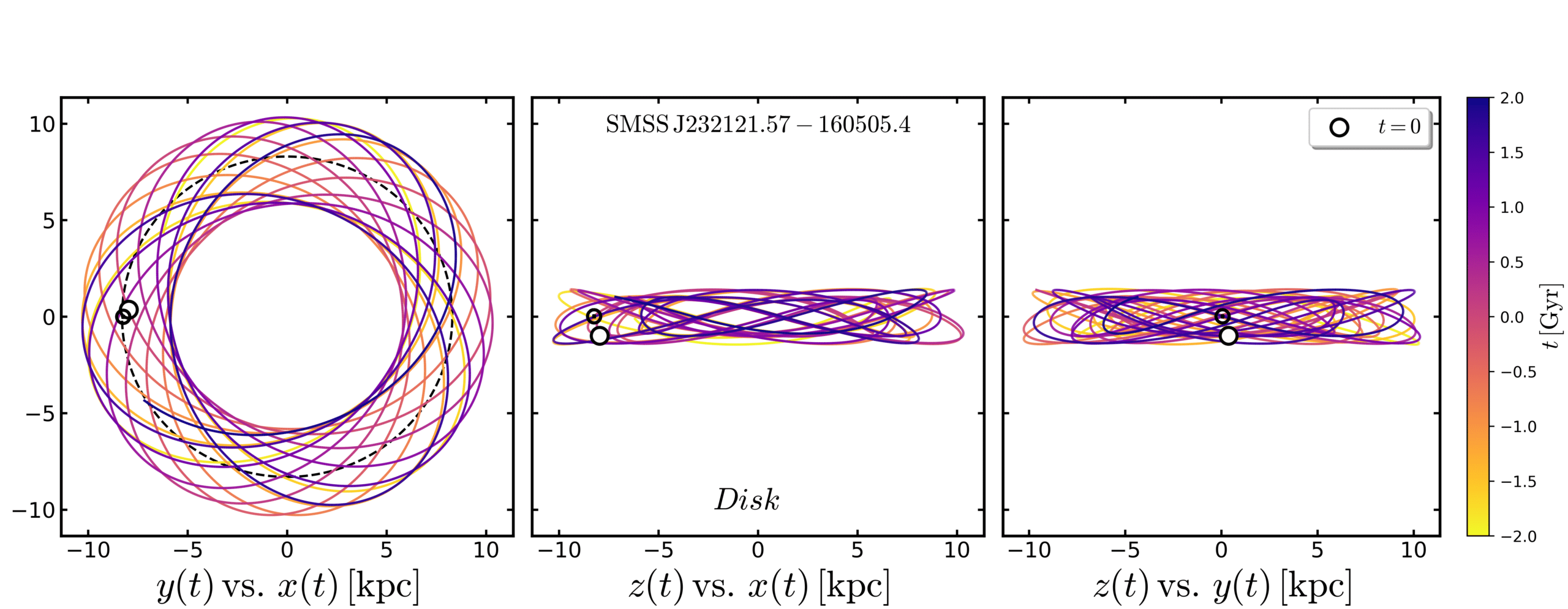National Health and Medical Research Council confirms new national guidelines for reducing the health risks from drinking alcohol.
The guidelines are the result of four years of extensive review of the evidence on the harms and benefits of drinking alcohol.
They replace the previous version, published in 2009. They will underpin policy decisions and public health messaging for many years to come.
“We’re not telling Australians how much to drink,” says Professor Anne Kelso, CEO of NHMRC.
“We’re providing advice about the health risks so that we can all make informed decisions in our daily lives.”
Professor Paul Kelly, Australia’s Acting Chief Medical Officer, adds: “Every year there are more than 4,000 alcohol-related deaths in Australia, and more than 70,000 hospital admissions. Alcohol is linked to more than 40 medical conditions, including many cancers.
“Following the guidelines keeps the risk of harm from alcohol low, but it does not remove all risk. Healthy adults drinking within the guideline recommendations have less than a 1 in 100 chance of dying from an alcohol-related condition.”
Continue reading No more than 10 a week and 4 a day… →




